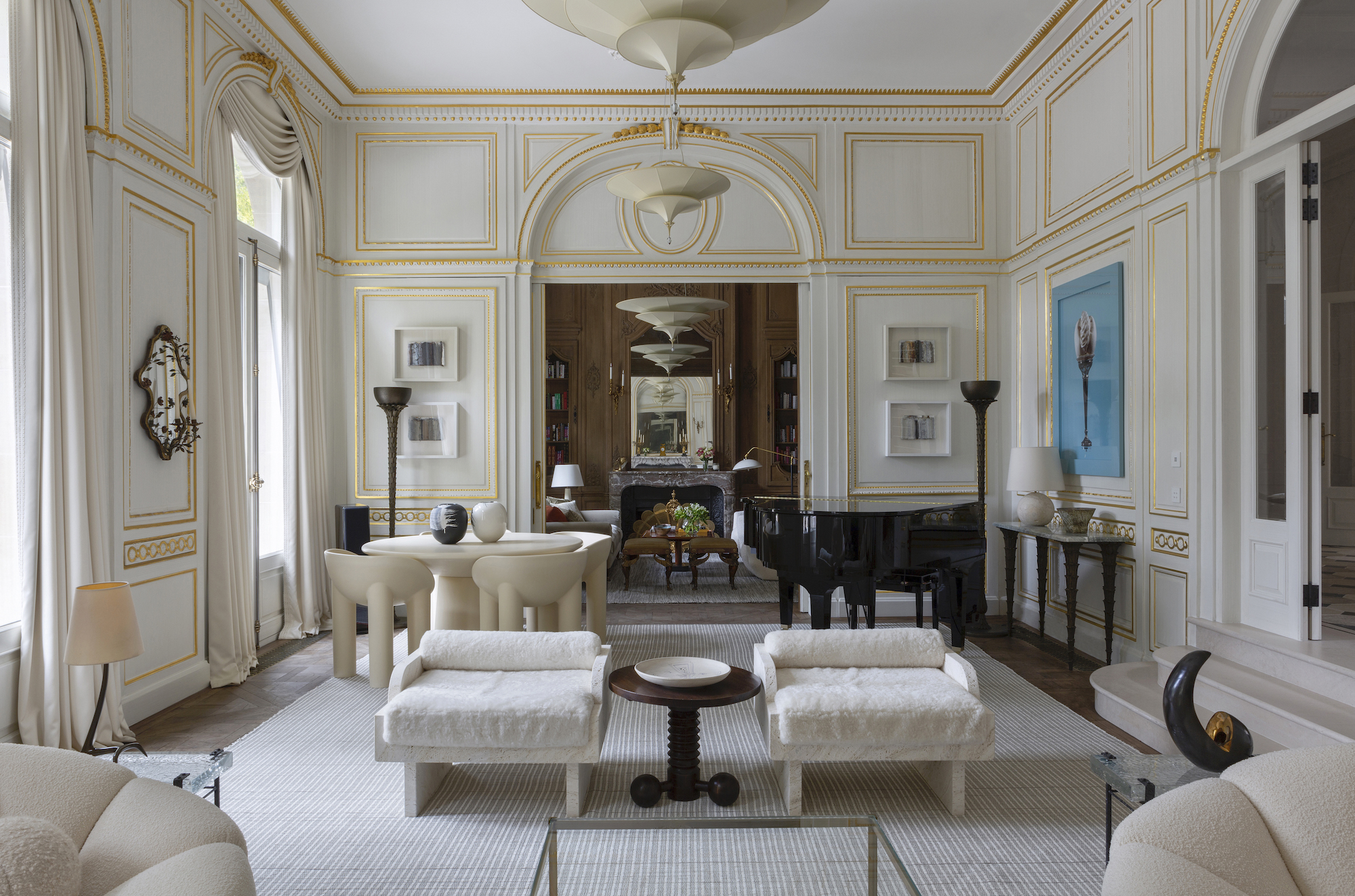The interior designer Bryan O’Sullivan’s career could have turned out very differently. Born and brought up in County Kerry, Ireland, he started out studying hospitality management, almost by default: his family were in restaurants and bars, and he was “really into cheffing”. It was at the end of his first year, when he went to New York with friends to spend the summer working on a building site in Manhattan, and became fascinated by the drawings and designs of the on-site architect, that he realised his future lay not in managing beautiful hotel rooms and bars but in designing them.
After changing tack to study architecture, he spent a year working with architect Annabelle Selldorf in New York, then worked with David Collins, Martin Brudnizki and Luis Laplace. He established Bryan O’Sullivan Studio in 2013, and now has a team of 47 based in London and New York.
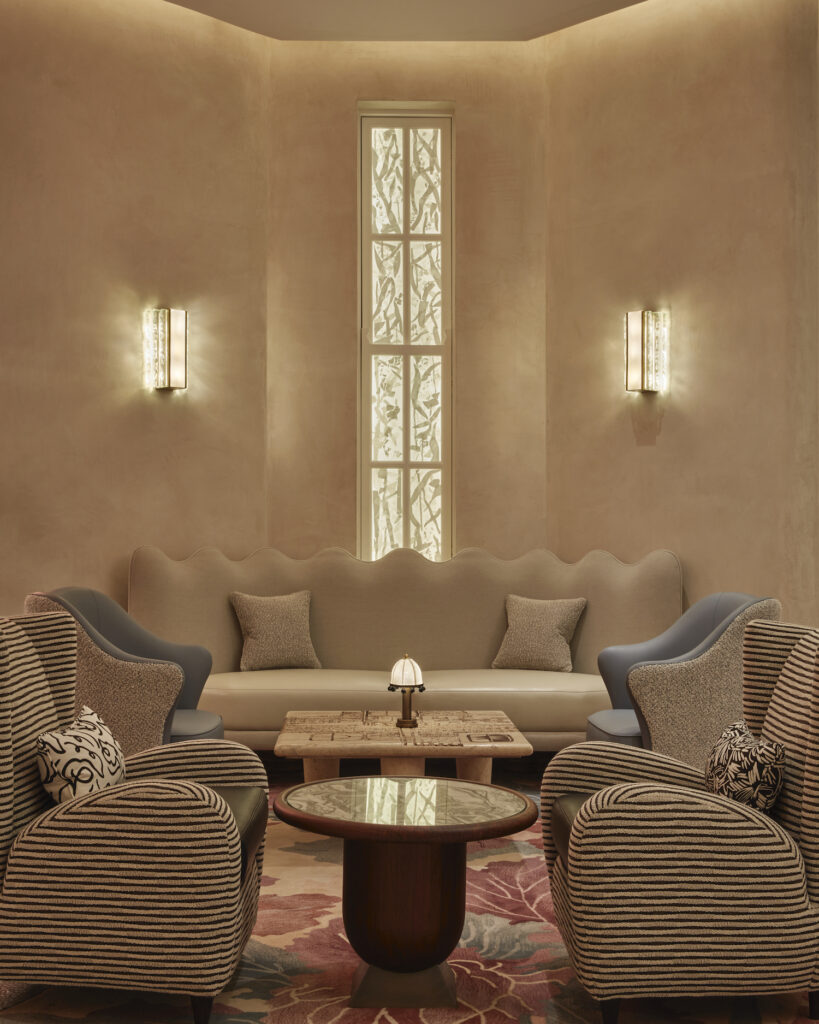
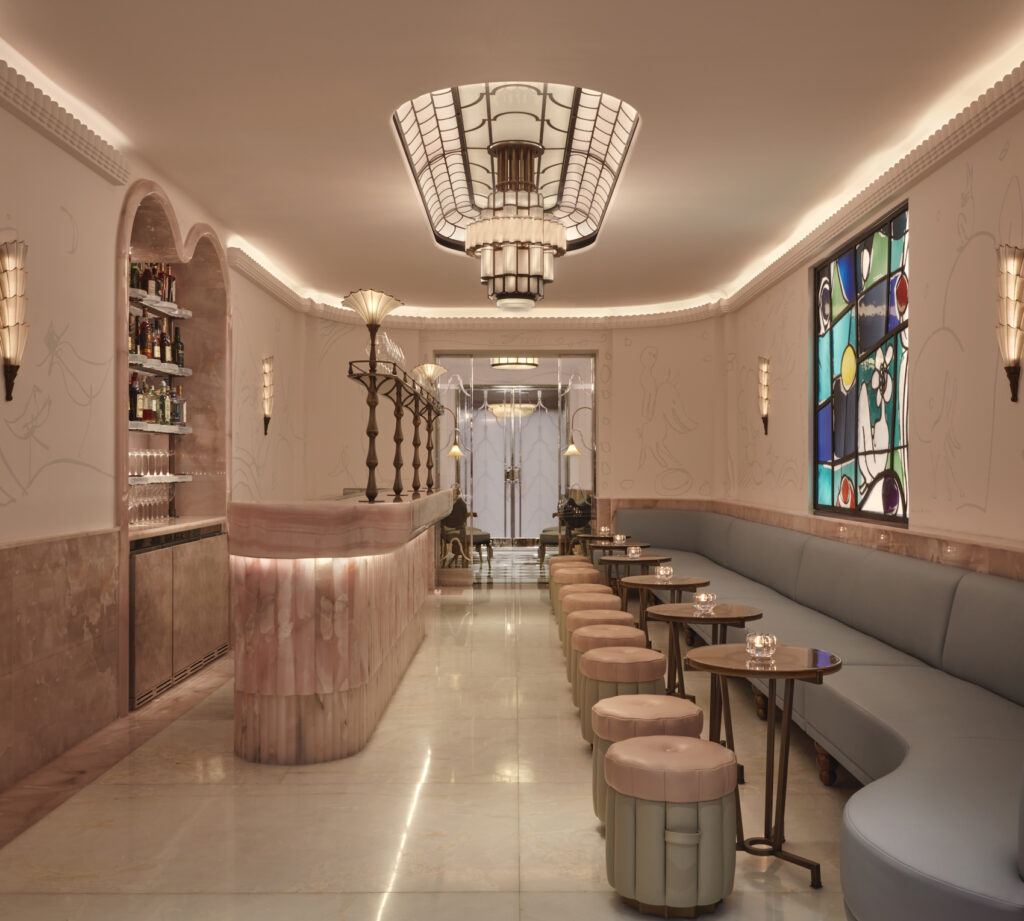
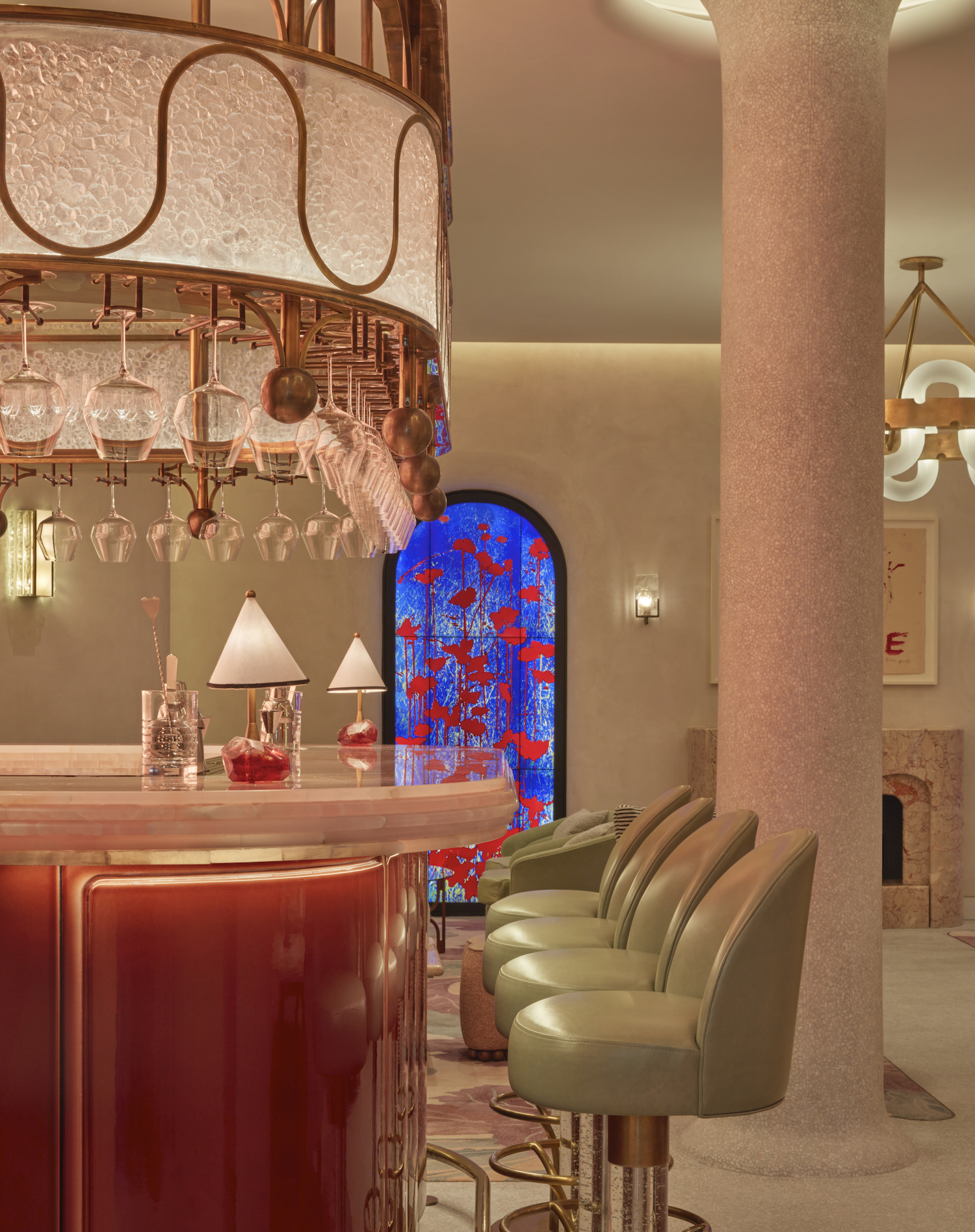
Already well-versed in the art of adding impact and drama to a hotel bar or restaurant when he launched the studio, he has developed and expanded that skill with a signature panache in the years since: high-profile projects include the Berkeley, Claridge’s and the Connaught in London, and Ballynahinch Castle in Ireland, as well as high-end residential projects.
“We try to look for references that are more timeless. We look to French and Italian design from the 1930s, 1940s and 1950s for inspiration… You have to know what the current trends are, but not be led by that.”
Bryan O’Sullivan
A key turning point was his work at the Berkeley Bar and Terrace, completed in 2019, which included an intimate snug with a striking pink-toned mural painted by New York artist TM Davy, depicting female faces. “That mural went wild on Instagram,” he recalls. “Traditionally, especially in Ireland, the snug was the only place women were allowed to drink – they weren’t allowed to drink in the main bar – so we wanted to turn that on its head and make the snug a glamorous, fabulous place where you would want to be. I don’t think we thought about it as an ‘Instagram moment’ when we were doing it, but people were really drawn to it. I still get tagged in posts about it.”
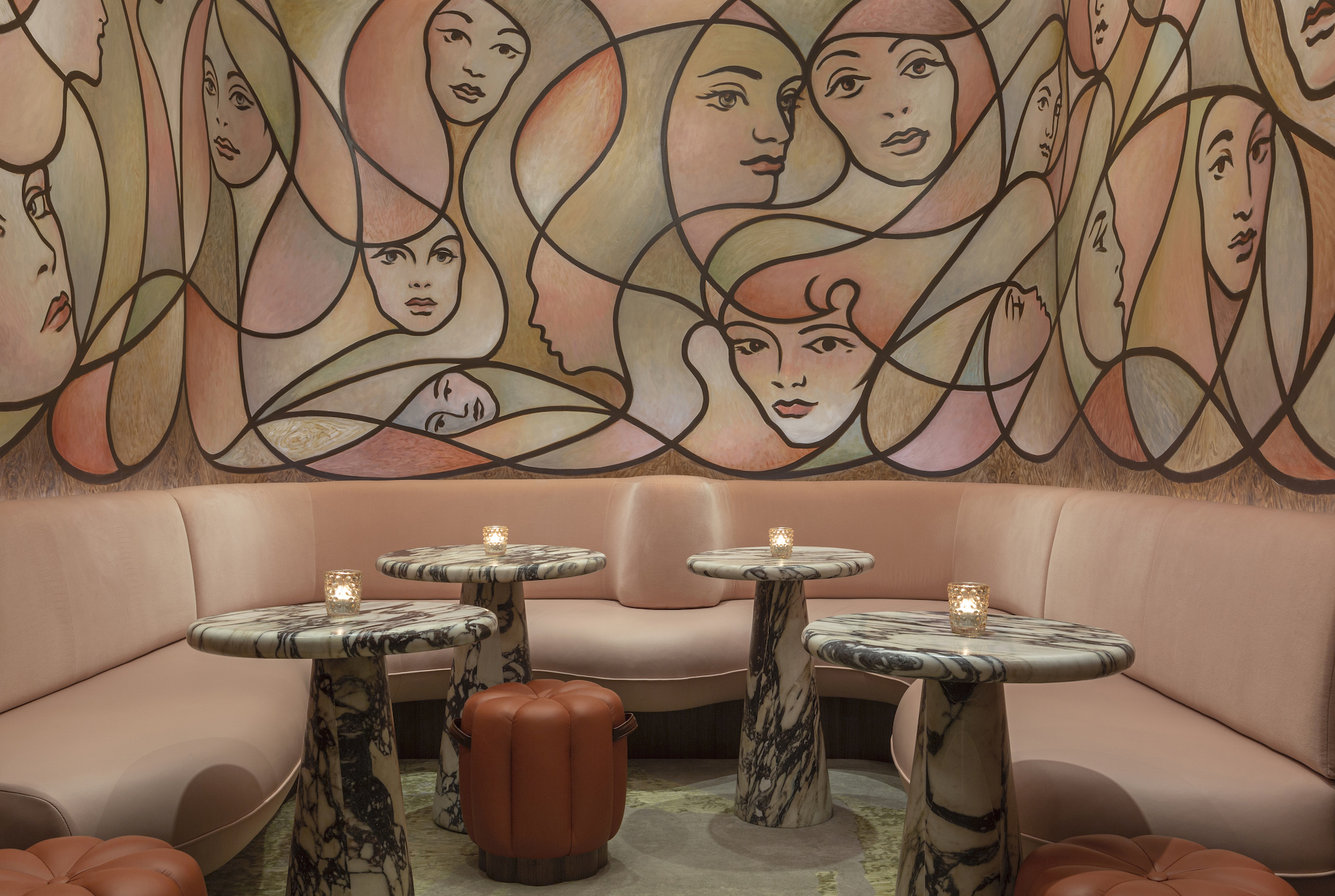
The Snug – like the speakeasy-style Red Room at the Connaught, and the soft-pink Painter’s Room at Claridge’s, both of which opened last autumn – neatly demonstrates a key part of O’Sullivan’s approach, which shines through in all his projects: a blend of classical style and old-school glamour, with an edge of contemporary cool. He may be adept in creating an Insta-moment, but he prefers not to follow trends.

“We try to look for references that are more timeless,” he explains. “We look to French and Italian design from the 1930s, 1940s and 1950s for inspiration, rather than looking at Pinterest, because you get fed algorithms on social media and everyone’s looking at the same thing. We try to steer more in a classical direction because it gives you a more timeless feel. You have to know what the current trends are, but not be led by that.”
The materials he uses, whether working on a hospitality project or a private home, help to achieve that timelessness. He is, he says, “obsessed” with marble: “There’s something about the feel of it, especially if it’s honed rather than polished; and because it’s a natural material and it comes from the earth, it’s unique – you’ll never see the same slab twice.” Another current obsession is burr oaks and burr walnuts. At his own home, an apartment in the Barbican in London, the TV room, which he describes as “tiny but super-cosy”, is panelled with burr oak. Elsewhere, where budget allows, he might cover walls with marmorino plaster – a matt-textured wall finish made using marble dust, and he will always furnish spaces with a deft blend of antiques and contemporary pieces.
As for how he deploys such materials in a way that feels relevant and appropriate to today, the key, he says, is in the mix. For example, in a room with classical proportions and architectural detail, he might layer in more contemporary elements in the furniture and finishes he chooses; or re-cover a vintage or antique chair in a modern fabric.
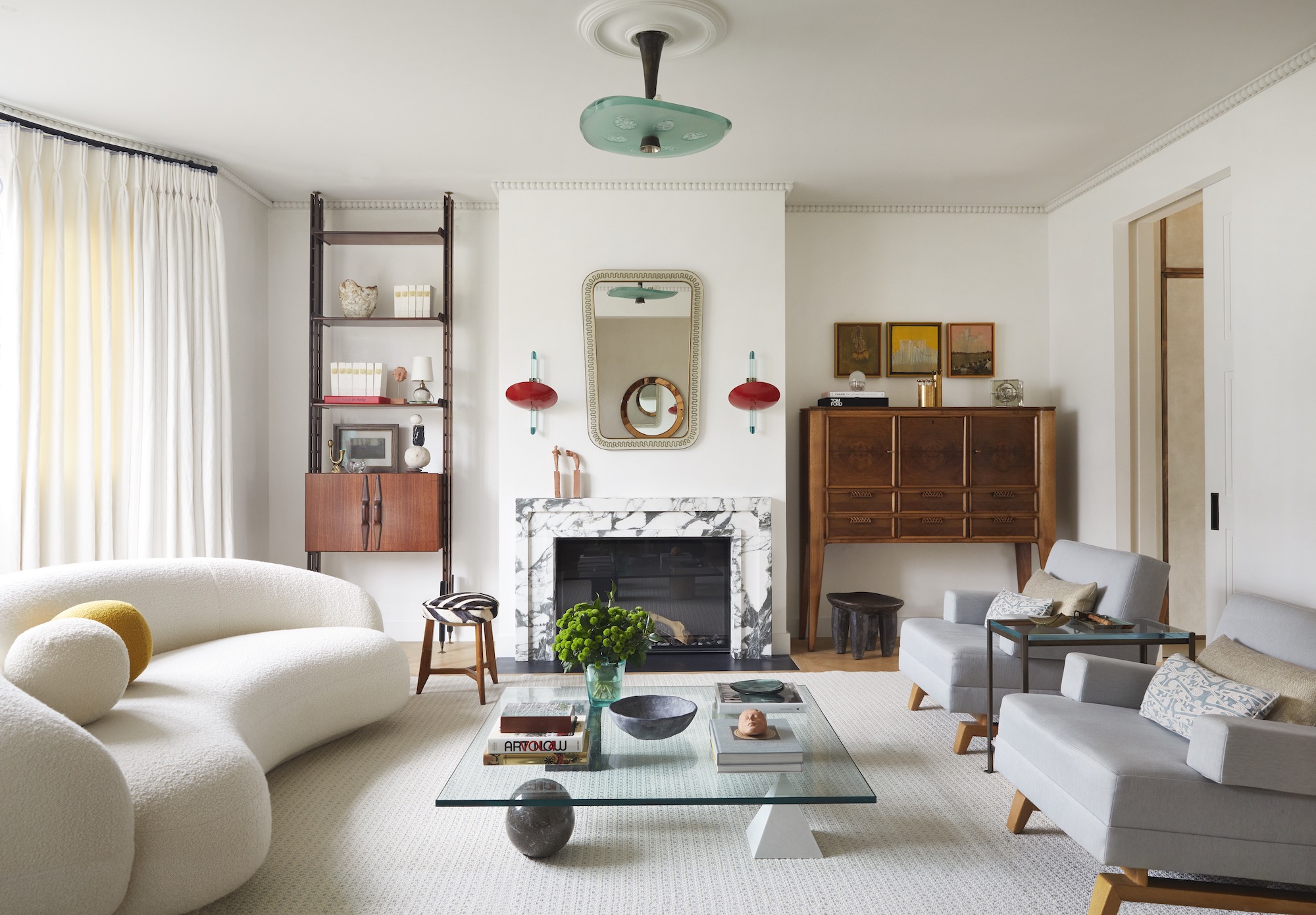
“We do try to put a twist on things as much as possible, whether with materials, or putting something in a different context to give it a more current feeling,” he says. “You can use a traditional method, but make it a bit more fun.” Bringing something bespoke to each project ensures his rooms don’t look overly classical or fall into pastiche, and that they also always look fresh and individual.
Yet while his hospitality projects may have caught the eye of the wider world, in the private homes he creates – current projects include several homes in the Hamptons, as well as large houses in Bel Air and Mexico – hitting the right balance between classic and contemporary, glamour and comfort, takes on a deeper significance.
“The most important thing when you’re designing a room is making sure that it works, that it serves its function – that’s what helps to make it liveable,” he says. “You need to have seating that has the right ergonomic proportions, for example. My go-to for rooms is that they should feel uplifting and calm when you walk in, so that there’s nothing too jarring to the eye. I think they should always feel as peaceful and serene as possible.”
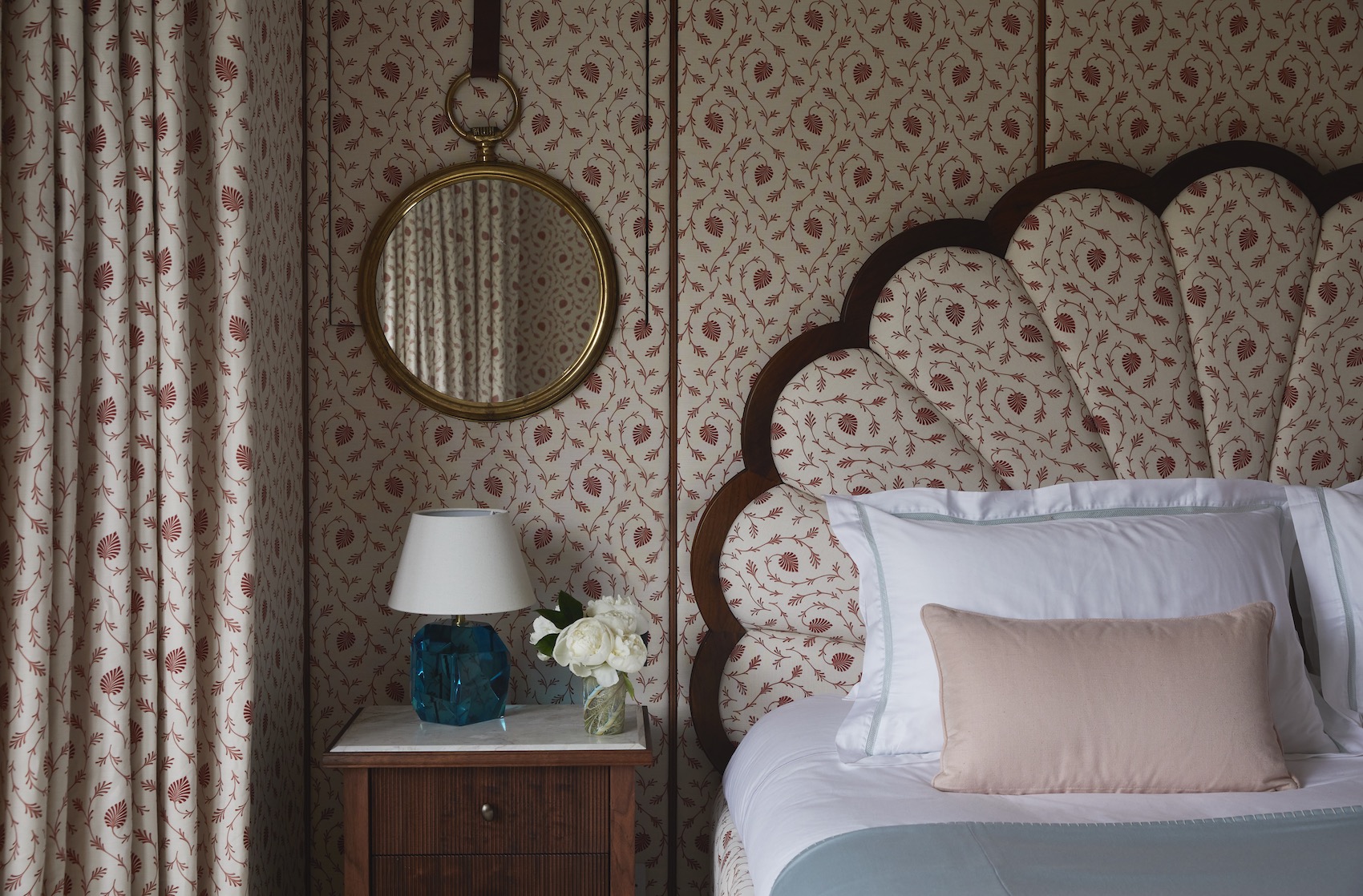
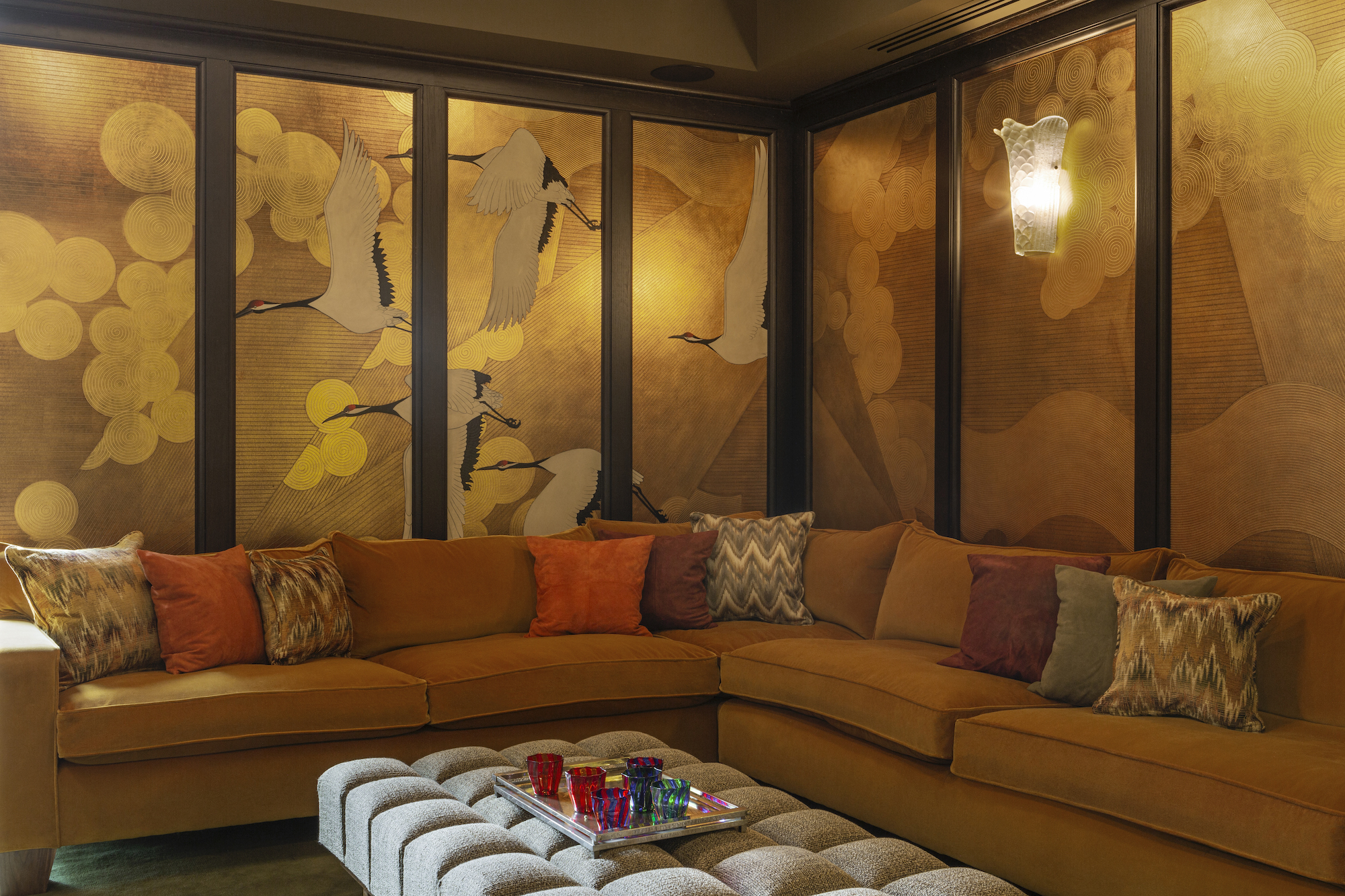
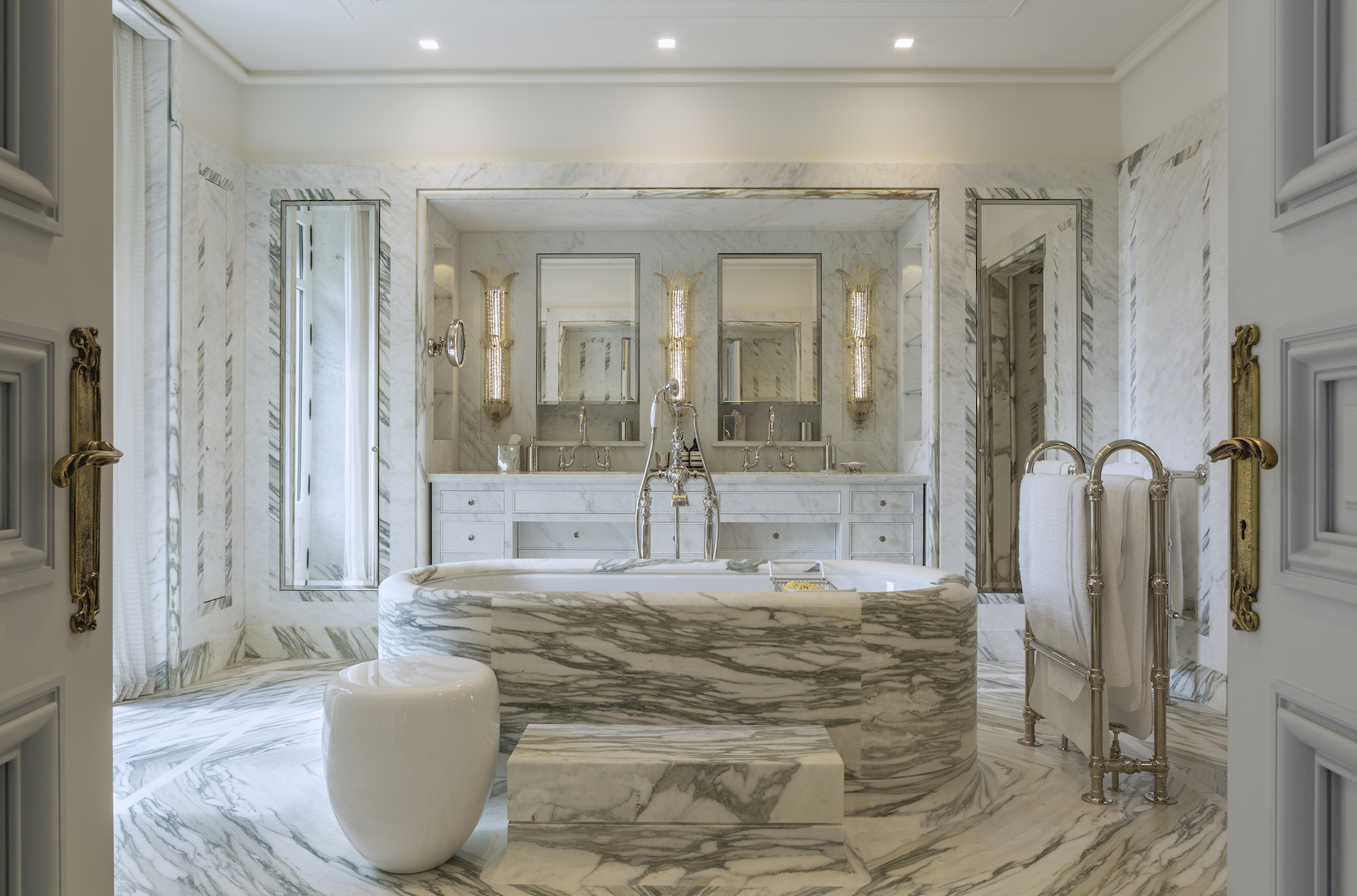
That’s not to say that a calming room shouldn’t also have its moments of colour, pattern and fun, however, whether that comes in the form of a statement artwork or wallcovering; a favourite print used to maximalist effect over walls, windows and upholstery; or a knockout piece of furniture. But the statement never takes precedent over the ambience of the room. “Sometimes, we want to push colour and pattern a bit more,” says O’Sullivan, “but I think a room should always feel comfortable, especially when it’s someone’s home. When you’re coming home after a busy day, that should be your oasis; it should always be somewhere that makes you feel happy when you walk in. That’s the goal with all of our rooms, that they’re welcoming and liveable spaces – not just these things that look great.” It’s an approach that has proved to be extremely successful, both in spaces designed for celebratory soirees, and others meant for moments of calm. The culinary world’s loss has been the interior-design world’s gain.
Effect Magazine is brought to you by Effetto



